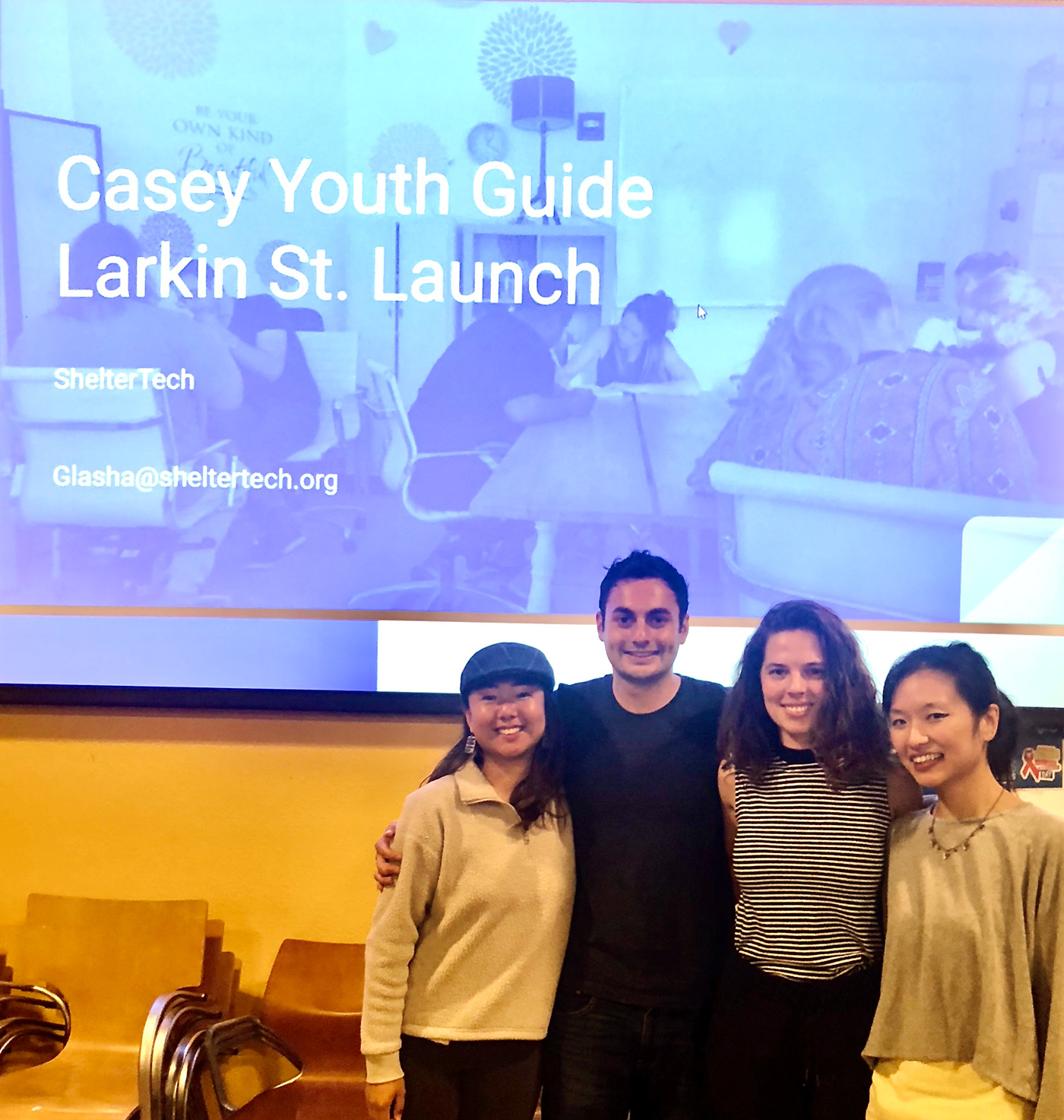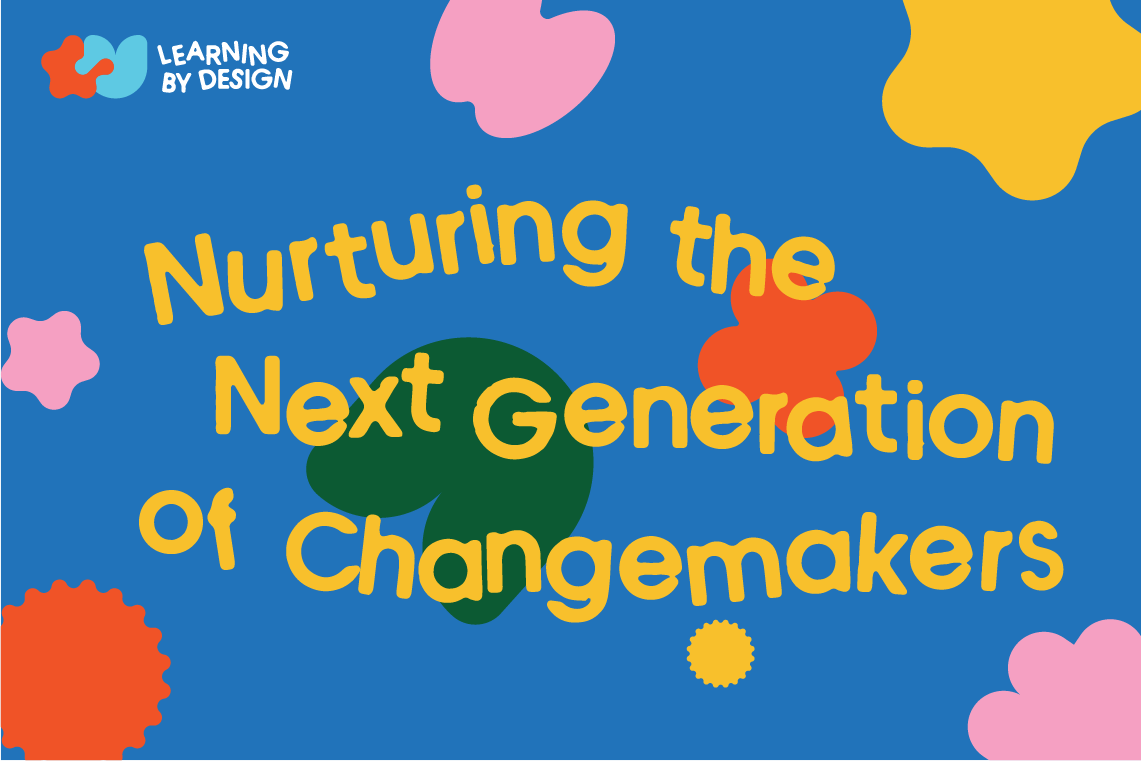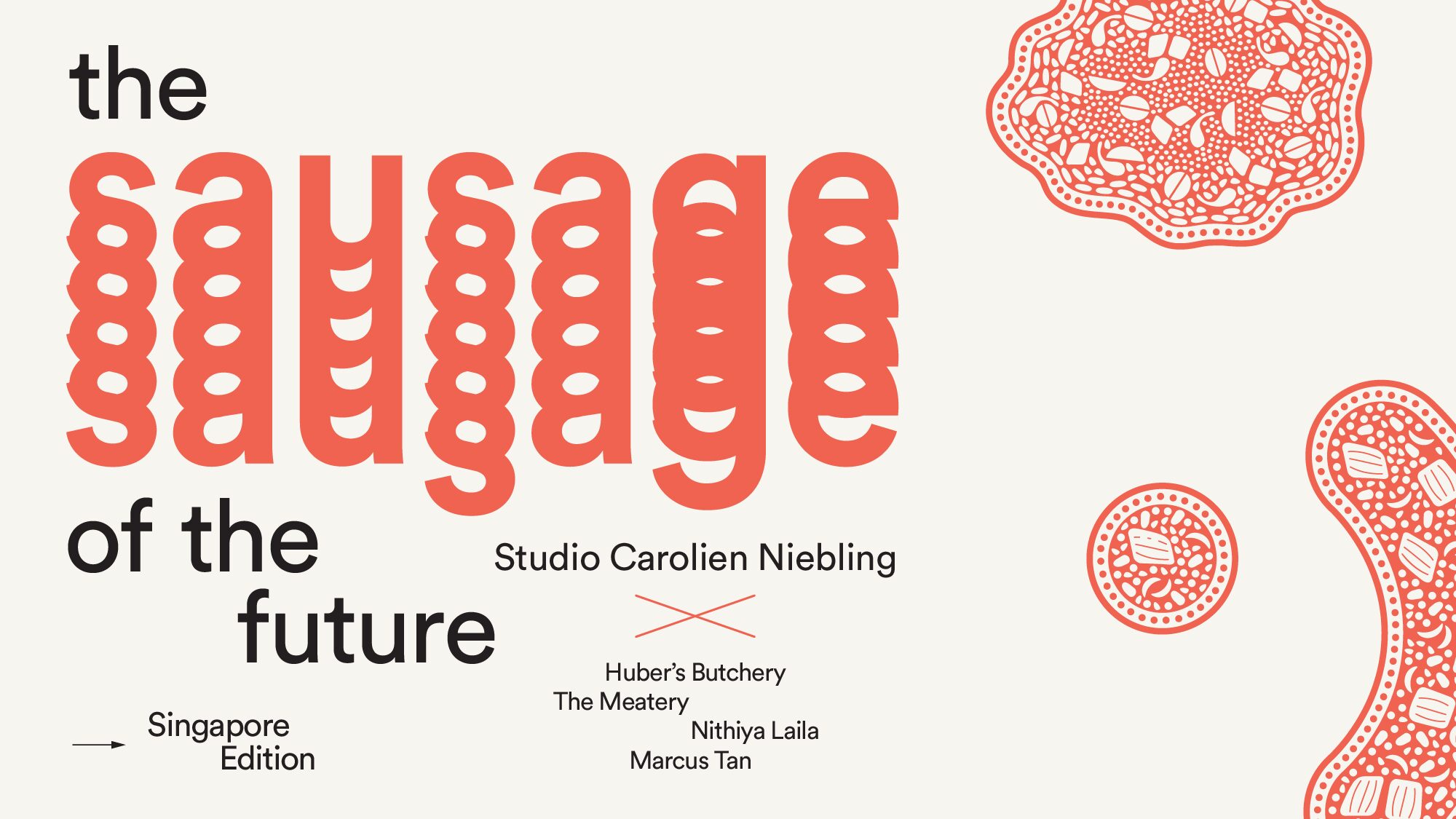COVID-19 response: helping the homeless with design and research skills
DesignSingapore scholar Rachel Poonsiriwong is studying Interaction Design at the California College of the Arts. Since March 2019, she has been volunteering her design and research skills with civic and social organisation ShelterTech to alleviate homelessness. In this article, she shares how she helped to create COVID-19 resource guides for SFServiceGuide, a one-stop digital resource platform for the homeless, during the lockdown period while faced with social distancing constraints.

Q: Tell us about the SFServiceGuide.
A: SFServiceGuide is a one-stop digital resource platform for individuals experiencing homelessness in San Francisco. It is funded by the Mayor’s Office for Housing and Community Development, and contains resources across various categories that are constantly updated by the team. The SFServiceGuide was created and is maintained by ShelterTech, an all-volunteer non-profit for which I lead research efforts.
Q: How did you use your design and research skills to create SFServiceGuide?
A: As Research Lead, I sync with other team leads on collective goals and key curiosities. I evaluated our teams’ collective working processes and redesigned it, by introducing the double diamond design process which helped us later on in short-circuiting our collaboration to create COVID-19 specific guides.
My team then creates interview guides for user research sessions with individuals experiencing homelessness. We are always conscious of leveraging our partnerships with fellow non-profits to find willing participants for these interviews, who are compensated for their time.

I was put to the daunting task of figuring out research efforts for reaching individuals-experiencing-homelessness without being able to talk to them in person.
Following the interview sessions, we synthesize our research insights to put together recommendations to improve our user-facing products like the SFServiceGuide. We also use our research to form guides that prevent eviction for lower-income individuals through connecting them to crucial resources.
Q: What was the situation like in California when COVID-19 struck?
A: The COVID-19 pandemic hit California slowly, then all at once. Thankfully, San Francisco was told to shelter-in-place (go into lockdown) in mid-March, which managed to restrict the spread of the virus.
However, this pandemic would go on to implicate our most vulnerable communities the hardest—individuals experiencing homelessness. With social distancing, it became hard for unsheltered individuals to receive services from several non-profit organisations that had reduced their hours, and to get necessities like food.

Q: How did you and your team respond to the evolving situation?
A: It was hard for my research team to carry on with in-person interview sessions, and we had to cancel those that we had lined up for the day after. At this crucial point, ShelterTech noticed a wide information gap between individuals experiencing homelessness, and the organisations that had updated their services and hours since the pandemic. It was difficult for individuals-in-need to keep up, especially with shaky internet service and limited knowledge of technology.
When news of the shelter-in-place order hit, the team leads sprung into action mode, and ramped up our volunteer hours drastically. I volunteered up to 20-25 hours a week at one point with all the meetings that we were having. We knew it was now or never to deliver on our organization’s promise to leverage technology in alleviating homelessness.
Q: How long did it take to create a useful resource?
A: While it took us a few months pre-COVID-19 to create an Eviction Prevention Guide, we short-circuited the development process during COVID-19 by creating a Minimum Viable Product (MVP) within 2 weeks.
This MVP took the form of a huge Google doc with relevant resources that we pooled together as a team, through calling up these organisations individually and confirming their services, or trawling their social media platforms. Soon, we would receive additional resources and requests directed to us from the City government, which required us to act even more quickly.
In just one weekend, we managed to transform one big Google doc into 12 sectioned categories of essentials like food, hygiene, and financial assistance. This was a major win for us, as we were all volunteers and contributed our personal time to making this happen.
Q: How did you test the platform before it was launched?
A: I was put to the daunting task of figuring out research efforts for reaching individuals-experiencing-homelessness without being able to talk to them in person. ShelterTech had built a strong relationship with Community Representatives, who are our liaisons to the homelessness community and have all experienced homelessness at some point.
My team decided to leverage our Community Representatives’ shared experiences to interview them about the revamped SFServiceGuide. We asked them questions about their current situations, how their user experience of the SFServiceGuide was, and how we could make information more valuable for them. Following the synthesis of our interview insights with them, we are in the process of collaborating with the design lead to improving the SFServiceGuide’s user experience.
Q: How do you know if the revamped SFServiceGuide has been effective for those in need?
A: The data science team, and outreach team at ShelterTech are monitoring traffic to the site, and we are still observing how effective these guides are in reaching their target audience. We also managed to help a design interviewee (under temporary shelter) seek an additional financial resource by just browsing through our resource guides. To me, it was a huge win to benefit someone’s life through our work, and one that I hope ShelterTech will be continuing to celebrate with future iterations of our SFServiceGuide.
Q: What are your personal reflections on this experience?
A: My experience as a team lead during the pandemic was intense, and one filled with expectations from myself and from others relying on me. We had to make major product decisions in a short two-week span, which revamped our entire online experience that we had spent months building. However, it was also emotional to see fellow volunteers unite in pursuit of social good, even though we had to take time out of our personal lives to keep delivering work.
Ultimately, volunteering for ShelterTech was one of the greatest career decisions I had made, and from this experience learnt invaluable communication and leadership skills, alongside meeting individuals across several industries.
Q: Do you have any learnings to share?
A: I have three key learnings that I think would be relevant for emerging designers.
- Learn your teammates’ mental models. Often, conflicts happen when two people think differently about a certain topic. For example, both of you might value end-users’ feedback, but your teammate might have other interests to balance (such as your grantor).
- Give, give, give (and maybe receive). Participating in ShelterTech as a volunteer was nothing like I expected it to be. While a couple of my peers joked that they would never work for free, volunteering is the quickest way to give back while gaining invaluable experience as a leader and meeting other professionals. With my work in ShelterTech, I had the privilege to meet amazing teammates while growing as a researcher.
- Speak up! It was often hard to feel confident about decisions, in part because I’m the youngest team lead, and also a college student. However, I grew to develop more confidence and own my leadership position, and relish this platform for the public speaking practice and negotiation skills it provided me with.

Rachel Poonsiriwong
Research Lead • ShelterTech
Rachel is a DesignSingapore scholar currently studying Interaction Design at the California College of the Arts in San Francisco. She is passionate about social impact and collaborative tools, having interned at Dell, Autodesk and in the summer of 2020, Microsoft.








